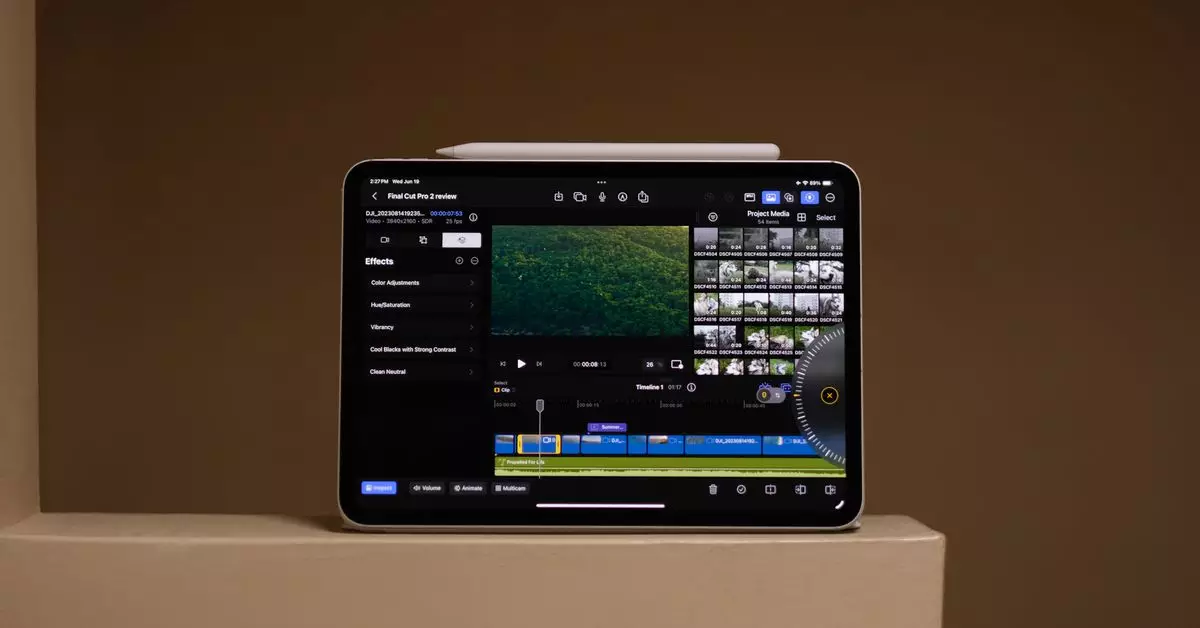Apple’s Final Cut Pro for iPad promised to revolutionize the way professionals edit videos on the go. With the latest version, Final Cut Pro for iPad 2, the integration of a brand-new app, Final Cut Camera, was supposed to enhance the editing experience. However, the reality falls short of expectations.
One of the major letdowns of Final Cut Pro for iPad is its limited tools and features. Despite the addition of Multicam support and external hard drive support, the app still lacks essential features found in other video editing apps. The file management system is cumbersome, with all media files having to reside within the FCP Library files. This not only restricts users from organizing their files efficiently but also leads to unnecessary duplication of files.
Apple’s Final Cut Pro for iPad fails to provide essential video editing features that are standard in professional editing software. Compounded clips, folders, adjustment layers, post-stabilization, coloring tools like curves, project sharing between machines, and the ability to add custom LUTs are all missing from the app. These shortcomings force users to compromise on their creative decisions due to software limitations.
The mobile video editing market is highly competitive, with apps like CapCut, DaVinci, and Lumafusion offering advanced features and functionality. Many users are opting for alternative apps due to the limitations of Final Cut Pro for iPad. DaVinci’s iPad app, for instance, already incorporates features that are absent in Apple’s offering, making it a compelling choice for professional editors.
Apple touts Final Cut Pro for iPad as a “touch-first” app, emphasizing the tactile nature of editing on a tablet. While the app’s interface and controls are tailored for touch interaction, the overall editing experience is still hindered by missing features and limited functionality. Despite efforts to create a new editing paradigm, the app falls short of delivering a seamless and immersive editing experience.
Apple’s vision of a touch-first Final Cut Pro for iPad holds promise, but it requires significant improvements to compete with other mobile editing apps. By addressing the app’s shortcomings, such as adding essential editing features and enhancing file management capabilities, Apple can create a compelling tool for professional editors. Until then, users may continue to look towards competitors for a more complete editing experience.


Leave a Reply